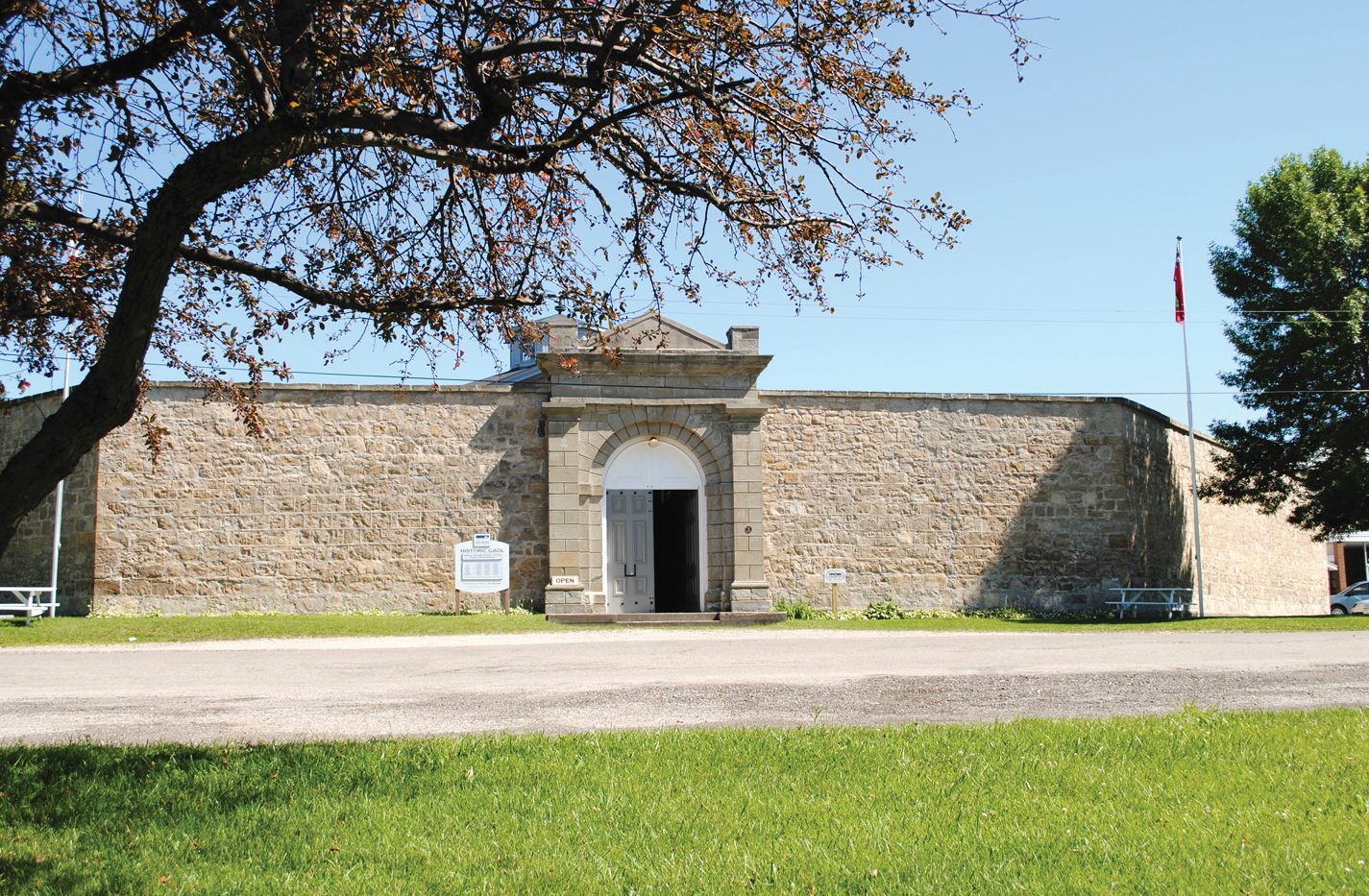Behind the Bars
The Huron Historic Gaol will be coming alive every Tuesday and Thursday night this summer with an evening program called Behind the Bars.
The program starts on July 3 and highlights the rich history that the Gaol possesses, having some of the quirkiest characters re-enacted by volunteers at the museum.
Using the Gaol’s first two floors, including cell blocks that once housed prisoners and other parts of the grounds, history buffs and families alike will enjoy walking through the tour which takes about 45 minutes according to Huron Historical Gaol and Museum staff, but you can take as long as you need.
You will be able to interact with the actors and find out what it was really like to be inside the gaol, making it a unique experience.
Behind the Bars offers a window into what the history of the area was as well as into the history of the penal system as far back as 1841, the year the first prisoner entered a cell in the massive stone prison which is the only National Historic Site in all of Huron County. The program runs Tuesdays and Thursdays in July and August, starting at 7 p.m. While the doors close at 9 p.m., the last entry available is at 8:00 p.m. to allow time for the full experience.

Huron Historic Gaol gives visitors a real feel for an era when society was definitely not soft on crime. The Gaol itself, which occupies a lot bordered by Napier Street, Victoria Street and Gloucester Terrace, was designed by architect Thomas Young of Toronto in the Palladian style of architecture, and was touted as a cutting-edge humanitarian prison for the time it was constructed.
The first inmate, one Joseph Williamson, was committed to the Gaol on December 3, 1841, for “Selling for Auction Without License”. He was discharged the next day.
The building served as a court house, council chambers, asylum and, of course, a prison over its 134-year lifespan which ended in 1972 when the last inmate was released. All of these people and events happened in very close proximity as those that were convicted of a crime, the mentally ill known as “lunatics” in the language of the day, debtors and vagrants all lived within the stone walls. Inmates ranged from murderers to children as young as nine years old, from debtors unable to make payment, to those suffering the ravages of mental illness, from petty thieves to drunkards, from the homeless to arsonists would all sleep under the same roof.
The governor’s house was added in 1901. The house was built because it was stated that the cottage that was previously used was so small that the governor’s families moved into the rooms within the Gaol itself.
The Gaol is also the site of the last public execution in Canada when Nicholas (Junior) Melady was hung in 1869 for killing his father Nicholas Melady and his wife. Three weeks after the hanging the federal government discontinued the practice.
Three years after the last inmate was removed in 1972, the site was named a national historical site.
The Gaol is open to the general public from 10 a.m. to 4:30 p.m. Monday though Saturday and from 1 p.m. to 4:30 p.m. on Sunday from May to August. In September and October it is open from 1 p.m to 4 p.m. Monday through Friday, Saturdays from 10 a.m. to 4:30 p.m. and Sundays from 1 p.m. to 4:30 p.m.
For more information about the Gaol visit their website or the historically significant building at 181 Victoria Street North in Goderich.


